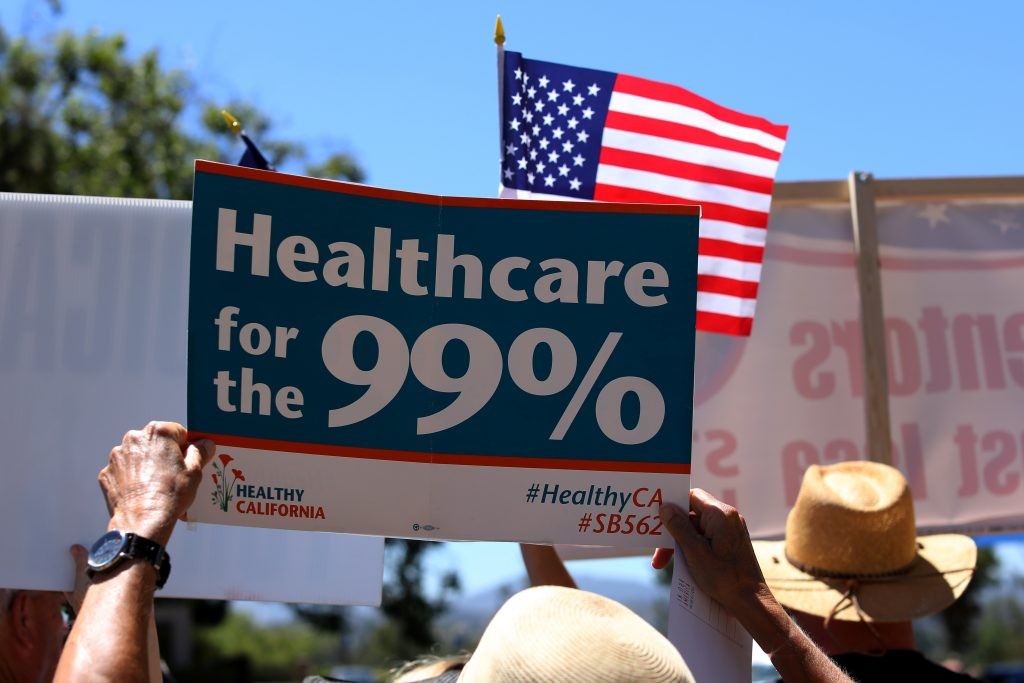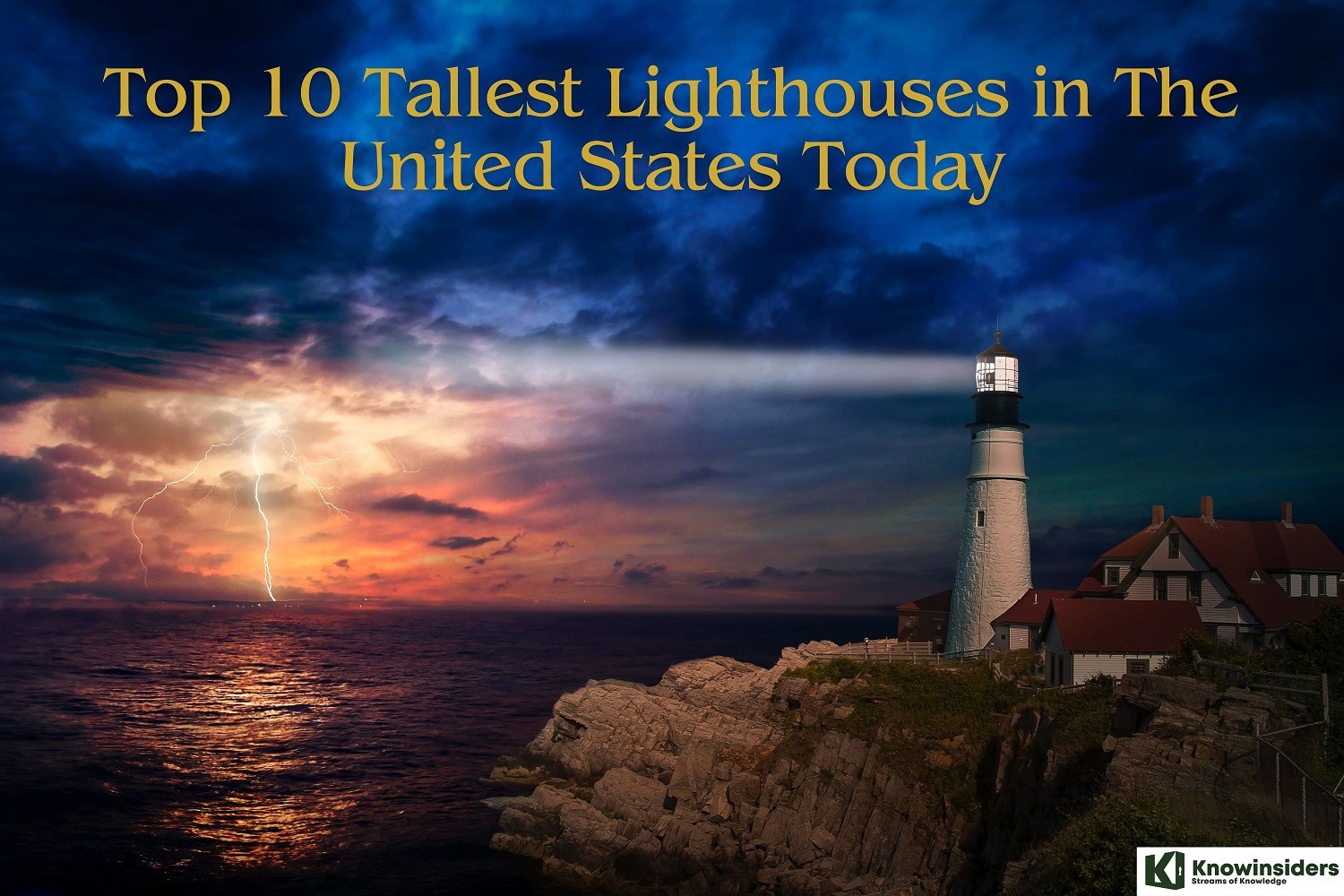When Was United States Founded, Its Name Before 1776
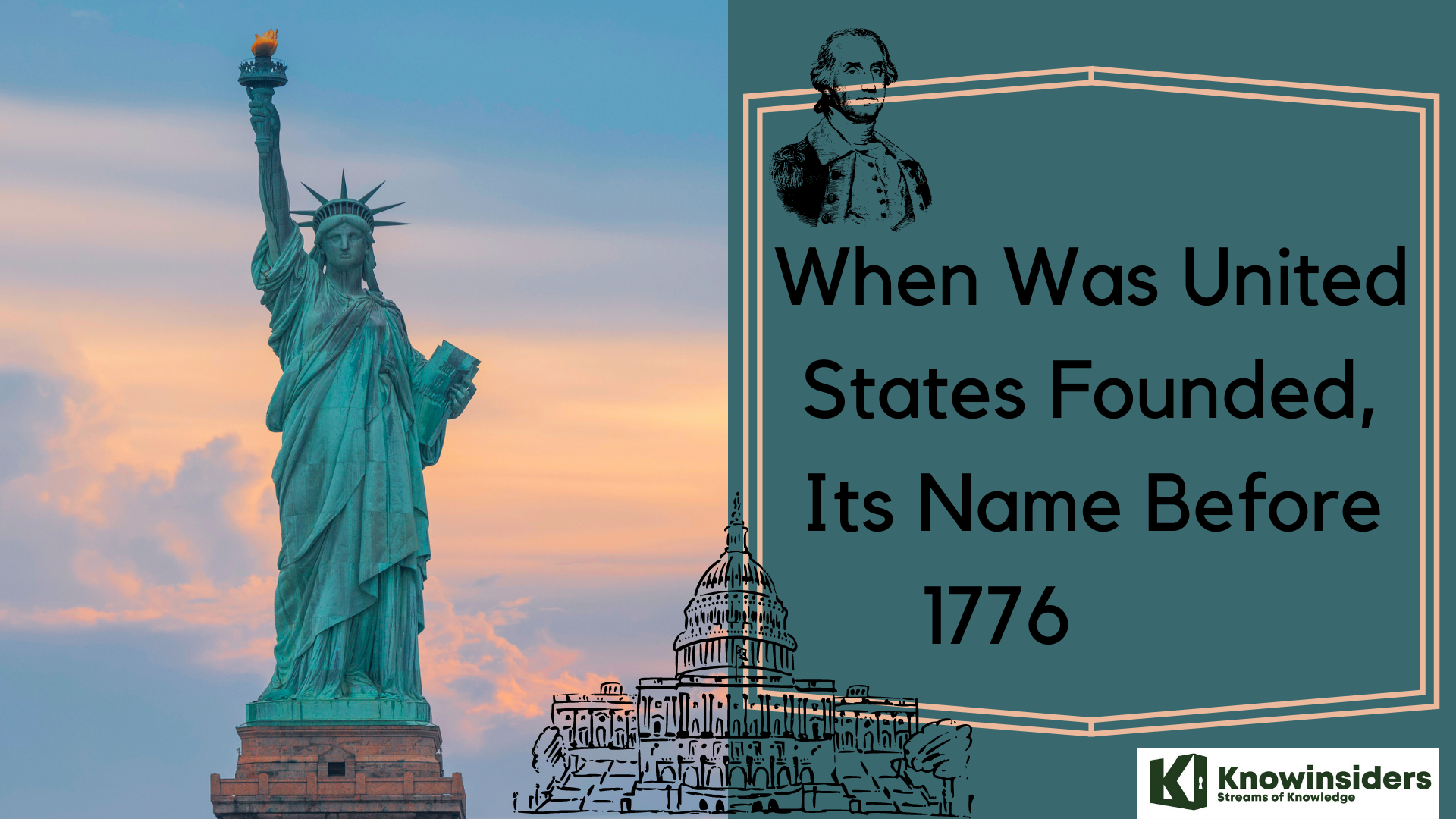 |
| When was United States Founded, Its Name Before 1776 |
The history of the United States was preceded by the arrival of Native Americans in North America around 15,000 BC. Numerous indigenous cultures formed, and many disappeared in the 16th century. The arrival of Christopher Columbus in 1492 started the European colonization of the Americas. Most colonies were formed after 1600, and the United States was the first nation whose most distant origins are fully recorded. By the 1760s, the thirteen British colonies contained 2.5 million people along the Atlantic Coast east of the Appalachian Mountains.
After defeating France, the British government imposed a series of taxes, including the Stamp Act of 1765, rejecting the colonists' constitutional argument that new taxes needed their approval. Resistance to these taxes, especially the Boston Tea Party in 1773, led to Parliament issuing punitive laws designed to end self-government. Armed conflict began in Massachusetts in 1775.
Earliest Settlement
Although the US is 245 years old as of 2021, the country has existed for more than 2.5 centuries. The first Native Americans migrated to North America long before the Declaration of Independence. According to most historians, the first indigenous people settled in the area at least 15,000 BC, although the migration to the area could have happened as early as 30,000 years ago. The first indigenous people used the Bering land bridge to move from Eurasia to North America until 10,000 years ago when the land bridge submerged.
Paleoamericans were the first Native Americans to arrive and settle in North America and were later joined by ancestors of several present-day tribes, including Aleuts, Athabaskans, and Eskimos. Over time, the indigenous people developed distinct cultures and spread throughout the area until Christopher Columbus’ arrival in the 15th century, marking the beginning of European colonization.
When was United States of America Founded?
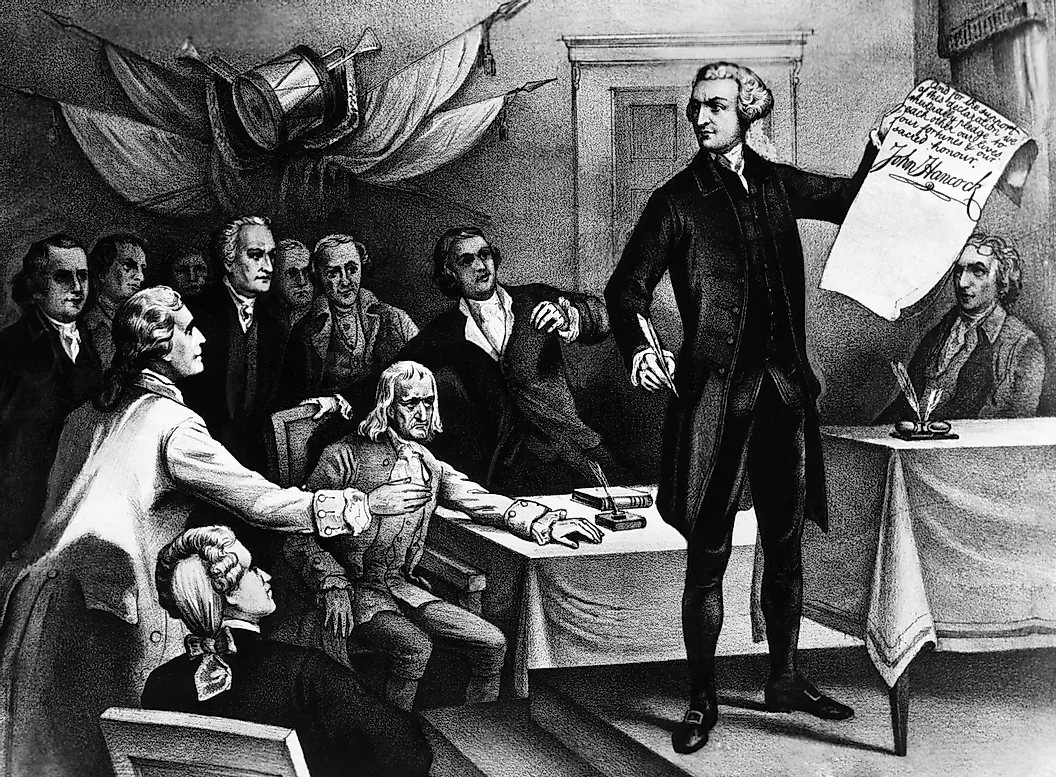 |
| John Hancock signs the Declaration of Independence 1776. Photo: Shutterstock |
An upper-class emerged in South Carolina and Virginia, with wealth based on large plantations operated by slave labor. A unique class system operated in upstate New York, where Dutch tenant farmers rented land from very wealthy Dutch proprietors, such as the Van Rensselaer family. The other colonies were more egalitarian, with Pennsylvania being representative. By the mid-18th century Pennsylvania was basically a middle-class colony with limited respect for its small upper-class. A writer in the Pennsylvania Journal in 1756 wrote:
The People of this Province are generally of the middling Sort, and at present pretty much upon a Level. They are chiefly industrious Farmers, Artificers or Men in Trade; they enjoy in are fond of Freedom, and the meanest among them thinks he has a right to Civility from the greatest.
The French and Indian War (1754–1763), part of the larger Seven Years' War, was a watershed event in the political development of the colonies. The influence of the French and Native Americans, the main rivals of the British Crown in the colonies and Canada, was significantly reduced and the territory of the Thirteen Colonies expanded into New France, both in Canada and Louisiana. The war effort also resulted in greater political integration of the colonies, as reflected in the Albany Congress and symbolized by Benjamin Franklin's call for the colonies to "Join, or Die." Franklin was a man of many inventions – one of which was the concept of a United States of America, which emerged after 1765 and would be realized a decade later.
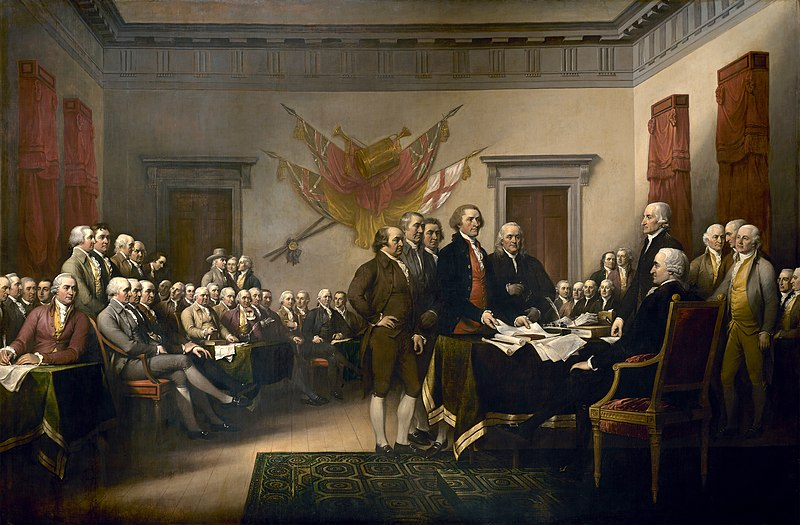 |
| John Trumbull's Declaration of Independence (1819) |
The American Revolutionary War began at Lexington and Concord in Massachusetts in April 1775 when the British tried to seize ammunition supplies and arrest the Patriot leaders. In terms of political values, the Americans were largely united on a concept called Republicanism, which rejected aristocracy and emphasized civic duty and a fear of corruption. For the Founding Fathers, according to one team of historians, "republicanism represented more than a particular form of government. It was a way of life, a core ideology, an uncompromising commitment to liberty, and a total rejection of aristocracy."
The Thirteen Colonies began a rebellion against British rule in 1775 and proclaimed their independence in 1776 as the United States of America. In the American Revolutionary War (1775–1783) the Americans captured the British invasion army at Saratoga in 1777, secured the Northeast and encouraged the French to make a military alliance with the United States. France brought in Spain and the Netherlands, thus balancing the military and naval forces on each side as Britain had no allies.
Declaration of Independence
 |
| Photo: Britannica |
On July 2, 1776, the Second Continental Congress, meeting in Philadelphia, declared the independence of the colonies by adopting the resolution from Richard Henry Lee, that stated:
That these United Colonies are, and of right ought to be, free and independent States, that they are absolved from all allegiance to the British Crown, and that all political connection between them and the State of Great Britain is, and ought to be, totally dissolved; that measures should be immediately taken for procuring the assistance of foreign powers, and a Confederation be formed to bind the colonies more closely together.
On July 4, 1776, they adopted the Declaration of Independence and this date is celebrated as the nation's birthday. Congress shortly thereafter officially changed the nation's name to the "United States of America" from the "United Colonies of America".
The new nation was founded on Enlightenment ideals of liberalism and what Thomas Jefferson called the unalienable rights to "life, liberty and the pursuit of happiness". It was dedicated strongly to republican principles, which emphasized that people are sovereign (not hereditary kings), demanded civic duty, feared corruption, and rejected any aristocracy.
What was US called before 1776?
On Sept. 9, 1776, the Continental Congress formally changed the name of their new nation to the “United States of America,” rather than the “United Colonies,” which was in regular use at the time, according to History.com.
While most credit Thomas Jefferson and the Declaration of Independence as the instigating force behind independence, it was actually a June 7 resolution on independence written by Virginian Richard Henry Lee that was adopted by the Continental Congress on July 2. As such, John Adams wrote to his wife that July 2 would be celebrated as “the most memorable Epocha, in the History of America.”
The resolution proposed a declaration of independence, a call to form alliances with foreign states, and a “plan for confederation.” The Continental Congress would establish three committees to accomplish the tasks, including the committee that would birth the Declaration of Independence. In the resolution, Lee wrote, “Resolved, that these united colonies are, and of right ought to be, free and independent states.”
While the Declaration of Independence declares the “united States” free and independent on July 4, Jefferson also writes “these United Colonies are, and of Right ought to be Free and Independent States,” in his conclusion.
he new independent status of the colonies prompted a need for a declaration of statehood.
In the meeting notes from Sept. 9, John Adams wrote, “Resolved, that in all Continental Commissions, and other Instruments where heretofore the Words, ‘United Colonies,’ have been used, the Stile be altered for the future to the United States.” The United States was born.
How Did America Get Its Name?Today, America celebrates its independence. Our founding fathers drafted and adopted the Declaration of Independence, declaring America’s freedom from Great Britain and setting in motion universal human rights. While the colonies may have established it, “America” was given a name long before. America is named after Amerigo Vespucci, the Italian explorer who set forth the then revolutionary concept that the lands that Christopher Columbus sailed to in 1492 were part of a separate continent. A map created in 1507 by Martin Waldseemüller was the first to depict this new continent with the name “America,” a Latinized version of “Amerigo.” A crown jewel in the Library’s cartographic collections is the map, also known as “America’s Birth Certificate.” While the map has been much publicized since it was acquired in 2003, it’s worthy of exploration today of all days. The map grew out of an ambitious project in St. Dié, France, in the early years of the 16th century, to update geographic knowledge flowing from the new discoveries of the late 15th and early 16th centuries. Waldseemüller’s large world map was the most exciting product of that research effort. He included on the map data gathered by Vespucci during his voyages of 1501-1502 to the New World. Waldseemüller named the new lands “America” on his 1507 map in the recognition of Vespucci’s understanding that a new continent had been uncovered following Columbus’ and subsequent voyages in the late 15th century. An edition of 1,000 copies of the large wood-cut print was reportedly printed and sold, but no other copy is known to have survived. It was the first map, printed or manuscript, to depict clearly a separate Western Hemisphere, with the Pacific as a separate ocean. The map reflected a huge leap forward in knowledge, recognizing the newly found American landmass and forever changing mankind’s understanding and perception of the world itself. For more than 350 years the map was housed in a 16th-century castle in Wolfegg, in southern Germany. The introduction to Waldseemüller’s “Cosmographie” actually contains the first suggestion that the area of Columbus’ discovery be named “America” in honor of Vespucci, who recognized that a “New World,” the so-called fourth part of the world, had been reached through Columbus’ voyage. Before that time, there was no name that collectively identified the Western Hemisphere. The earlier Spanish explorers referred to the area as the Indies believing, as did Columbus, that it was a part of eastern Asia. |
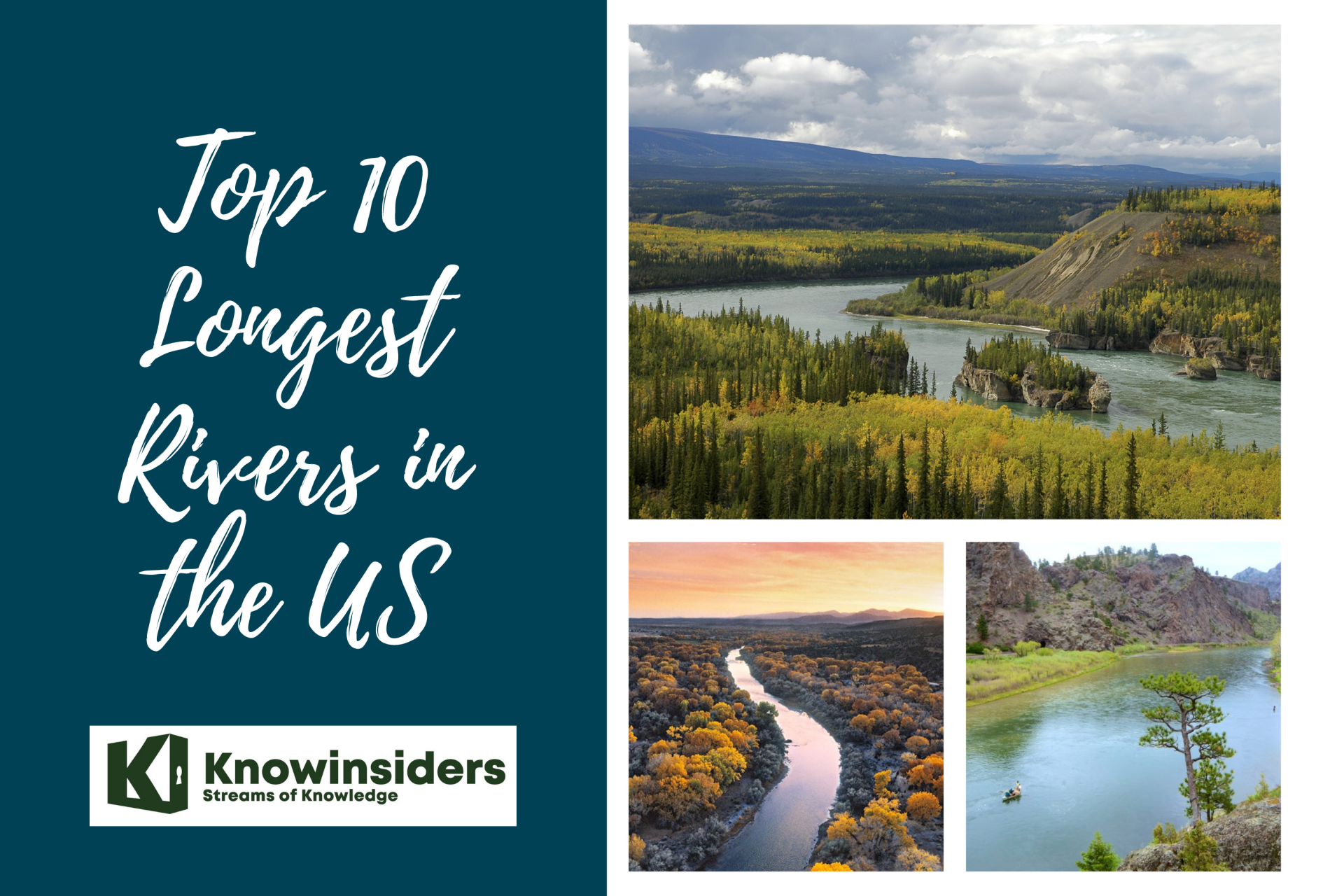 Top 10 Longest Rivers in the United States Top 10 Longest Rivers in the United States The US has an abundance of rivers that are not only long but also with beautiful sceneries. Check out the 10 longest rivers in the ... |
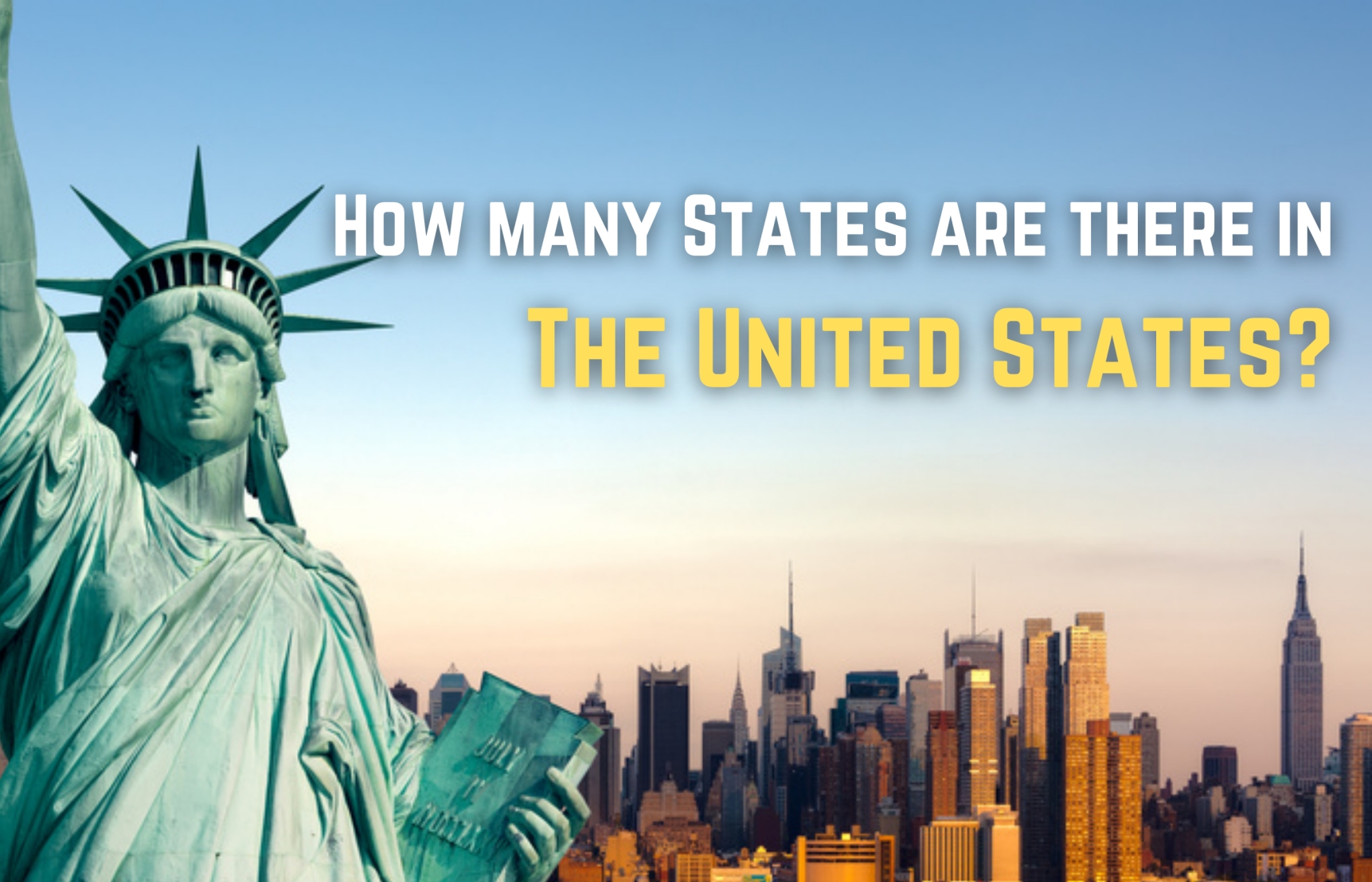 How Many States Are There In The United States - 50 or 52? How Many States Are There In The United States - 50 or 52? How many states in total in the United States of America, the big nation located on the continent of North America? Check out the answer ... |
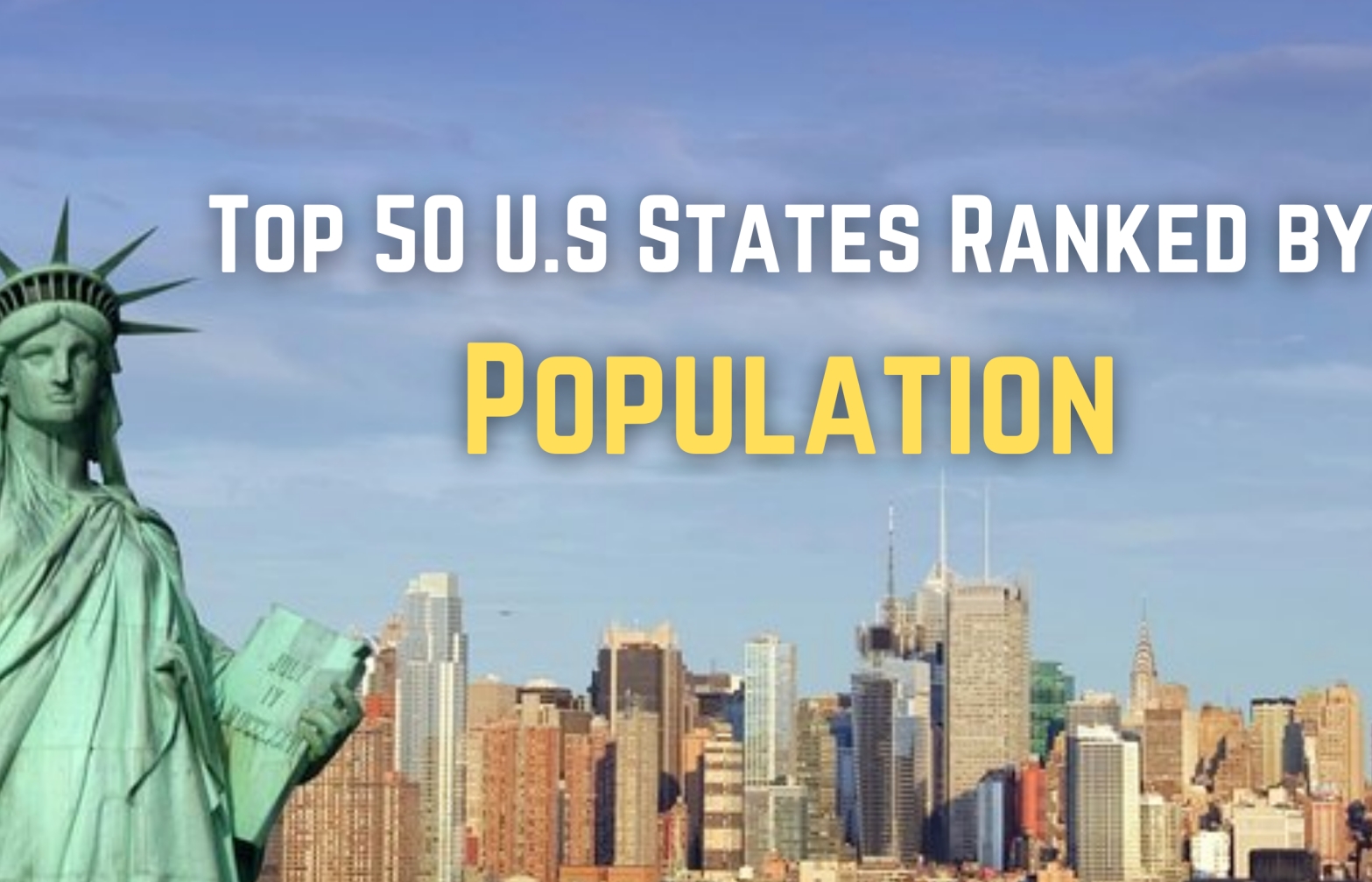 The 50 US States Ranked by Popuplation Today - The Largest and Smallest The 50 US States Ranked by Popuplation Today - The Largest and Smallest With 50 states and other dependent areas, United States (US) has quite a big population in the world: 333,387,218 up to now. Here are the ... |
 Top 10 Most Popular Newspapers In The United States Top 10 Most Popular Newspapers In The United States Newspapers play an important part in our daily life, and America has 10 of the most popular newspapers, not in the United States but also ... |


